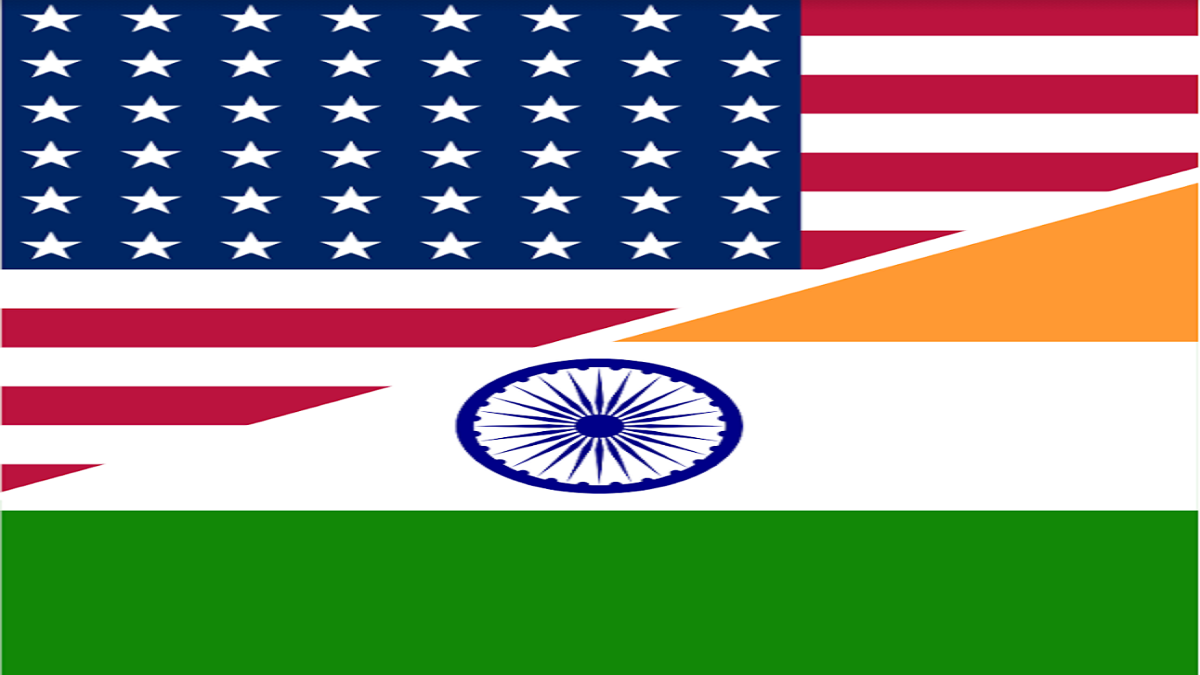
We consume data on a daily basis from multiple sources and in various formats. Often due to this excessive number crunching and overload of information, the most important messages from data are lost. Polstrat’s objectives include creating methodologies and processes that will help channel a solution-oriented approach and better decision-making. Through “Statistically Speaking” we hope to use political, social and economic data and analyses to judge the mood of the Indian Public. As the United States Presidential elections draw closer, both the Democratic and Republican nominees are going all out to woo the 2.4 million Indian origin American voters spread across the country. The number of Indian American voters residing in the United States has grown substantially over the past few years and today of the roughly 4 million IndianAmericans around 2.4 million are eligible voters and of those 1.4 million live in nine battleground states. Over the past 2 decades changes in the United States leadership has had a direct impact on Indian Americans living in the United States as well as on Indo-US relations. In today’s column, we explore the impact of various Democratic and Republican Presidents of the United States and the impact this had on trade, economic, foreign policy, defence ties between India and the United States.